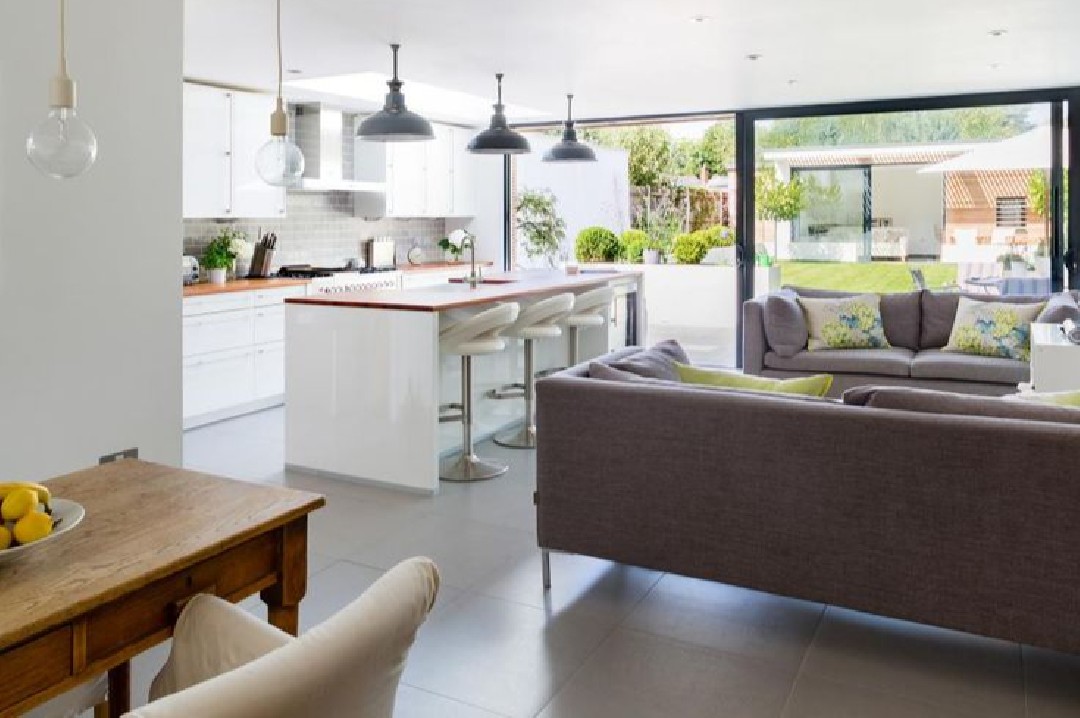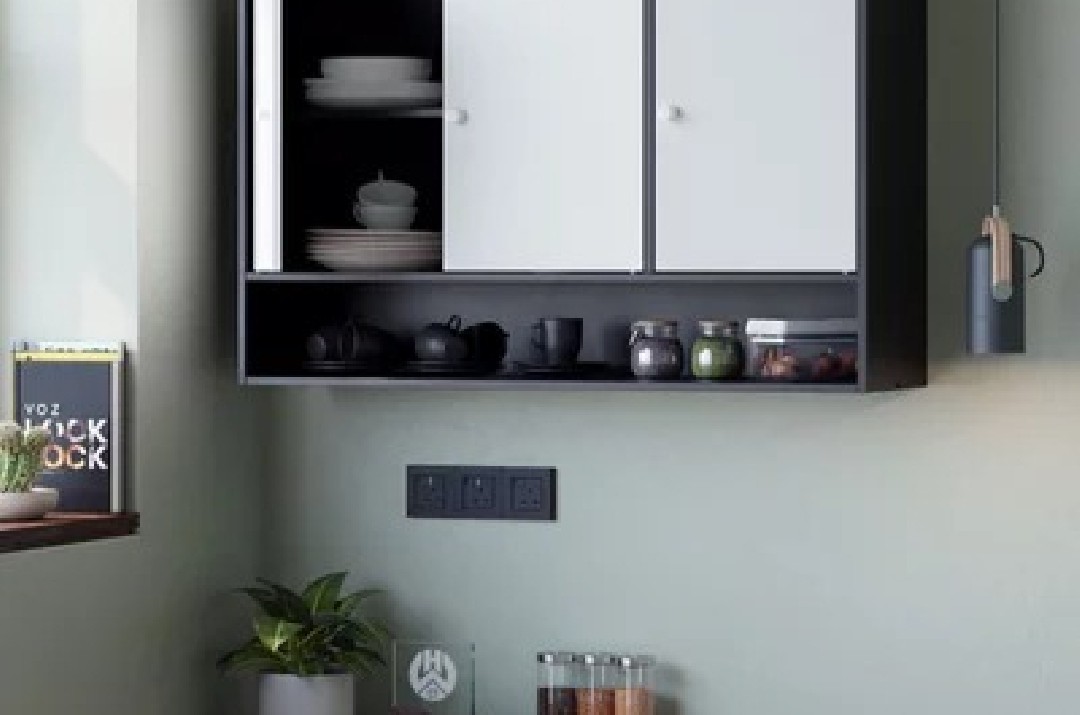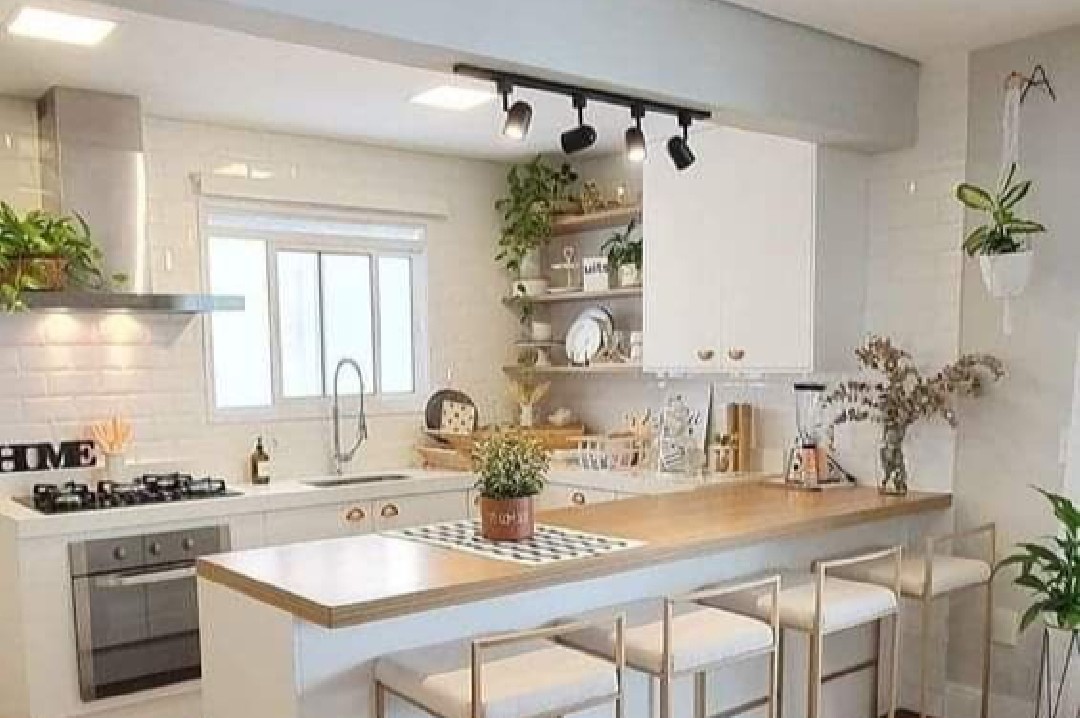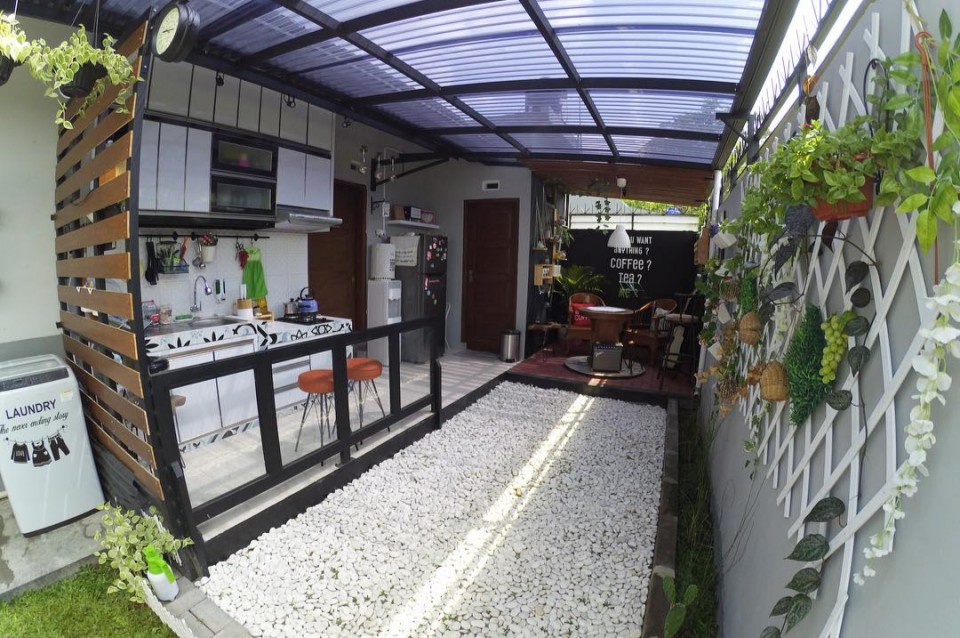Building an Open Kitchen that Incorporates the Living Room: A Complete Guide for the Modern Home

Open kitchens that integrate seamlessly with living rooms have become increasingly popular. Not only do they make homes feel more spacious, but they also foster interaction and closeness among family members. This space can become a cozy hub for activity, a place where you can cook while chatting with family members relaxing in the living room, or a place for children to do their homework while enjoying the aroma of enticing dishes.
However, designing a functional and aesthetically pleasing open kitchen requires careful planning. It's not just a matter of removing a dividing wall; factors like smoke, odor, and grease splatters must be carefully considered. Here's a comprehensive guide to help you build the perfect open kitchen for your home:
Step 1: Assess Your Needs and Lifestyle

Before diving in, it's crucial to evaluate your needs and lifestyle.
- Cooking habits: How often do you cook? Do you enjoy cooking strong-smelling or smoky dishes?
- Number of kitchen users: How many people will regularly use the kitchen? Do you have a large or small family?
- Socializing habits: Do you frequently host gatherings with family or friends at home?
Answers to these questions will help determine the ideal kitchen size, suitable layout, and appropriate appliance selection. For instance, if you have a large family and often host gatherings, you might need a larger kitchen with a spacious food preparation area and a kitchen island that can function as an extra dining table.
Step 2: Choose a Functional Layout

The layout is a critical element in open kitchen design. Some popular layouts you can consider include:
- U-shaped kitchen: This layout is highly efficient and offers ample storage space. Suitable for small or medium-sized kitchens. With cabinets lining three walls, you can have an ergonomic arrangement for the sink, stovetop, and food preparation areas.
- L-shaped kitchen: This layout is versatile and can be adapted to various room sizes. You can utilize the leftover corner space to accommodate additional cabinets or shelves, or even a mini bar area.
- Kitchen with island: A kitchen island is a highly functional element that can become the focal point of your open kitchen. It can serve as an extra food preparation area, a casual dining spot, or even a workspace. Choose an island size and shape that suits your room's dimensions.
Step 3: Select the Right Appliances and Materials

The appliances and materials you choose will significantly impact your open kitchen's functionality, aesthetics, and ease of maintenance.
- Appliances: Select appliances that align with your needs and ensure they are durable, easy to clean, and energy-efficient. For the stovetop area, choose a powerful exhaust fan to remove smoke and cooking odors from the room.
- Materials: Opt for materials that are heat-resistant, water-resistant, and easy to maintain. For countertops, ceramic and granite are common choices due to their durability. For backsplashes, consider using glass, which is easier to clean from grease splatters, in addition to ceramic. For cabinets, choose materials that are resistant to termites and have easy-to-clean finishes.
Step 4: Ensure Optimal Ventilation and Lighting

Proper ventilation is a non-negotiable factor in open kitchens. As mentioned earlier, smoke and cooking odors must be effectively removed to prevent them from disrupting comfort in the living room. Besides a strong exhaust fan, consider installing large windows to allow for good air circulation.
Optimal lighting is also essential to ensure your kitchen is comfortable and safe to use. Downlights can illuminate the entire area, while under-cabinet lights provide additional lighting for food preparation areas.
Step 5: Don't Neglect Decorative Touches

Decoration can help you add a personal touch and style to your open kitchen. Choose decorative elements that harmonize with the overall interior style of your home. Some decorative items you can consider include:
- Houseplants: Houseplants can bring a refreshing touch of nature to your kitchen. Choose plants that don't require complex care and ensure they can withstand humidity and heat.
- Art: Display paintings, photographs, or other artwork that reflects your style and personality.
- Accessories: Use accessories like tablecloths, kitchen towels, and spice racks to add color and texture to your kitchen.
Additional Tips:
- Employ bright and neutral colors to make the space feel more spacious and airy.
- Incorporate mirrors to reflect light and make the room appear larger.
- Utilize under-cabinet lighting to create a warm and inviting ambiance.
- Maintain a clean and organized kitchen.
Building a beautiful and functional open kitchen requires time, effort, and careful planning. By following this guide and utilizing the available inspiration sources, you can create the open kitchen of your dreams, a place that will become a cozy hub for family activities and cherished memories.
Remember:
- Open kitchens are not suitable for everyone. Carefully consider your needs and lifestyle before deciding to build an open kitchen.
- Good communication with family members is crucial to ensure everyone is comfortable with the new open kitchen design.
- Collaborate with experienced professionals to ensure your kitchen is built correctly and safely.
With these tips in mind, you can create the perfect open kitchen for your home and family.
Happy creating!







